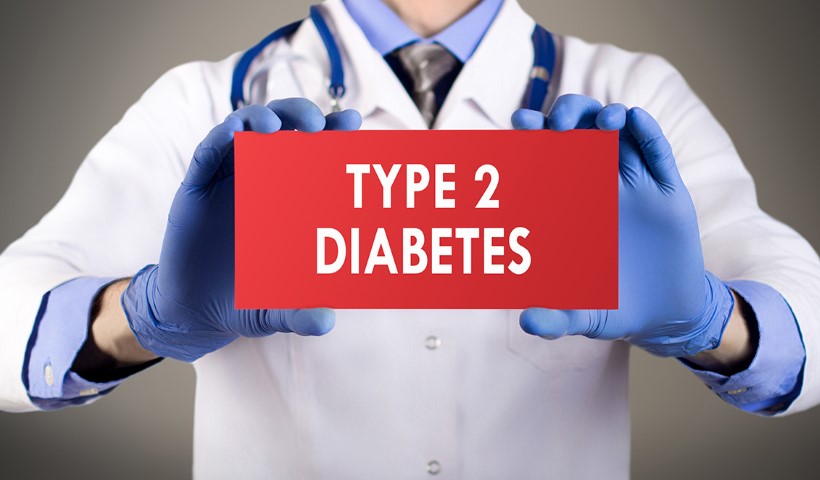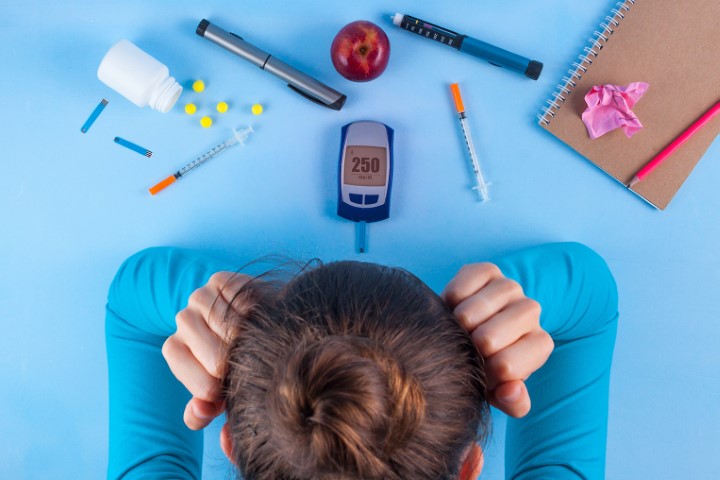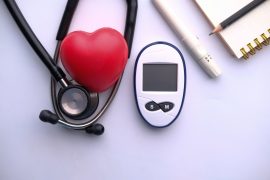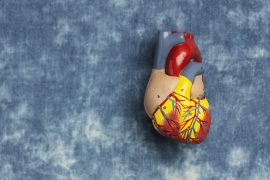A heart attack can come with numerous apparent symptoms like chest pain and pressure or pain in the jaw, arm, or neck. However, in nearly 50% of all heart attack cases, those signs & symptoms are relatively missing. The signs and symptoms that do show up might be so mild and average that a patient may barely think about them by any stretch of the imagination.
More than 1.1 million individuals experience a heart attack (myocardial infarction) annually. Several of them when they get a heart attack it is the first indication of coronary artery disease. A heart attack could also be severe enough to cause death or it’s going to be a silent one.
A silent heart attack or a silent myocardial infarction (SMI), is a heart attack with minimum to no related signs and symptoms. Due to the lack of signs and symptoms, the affected person is unaware that they have suffered a significant cardiovascular event. Instead, the affected person will characterize reputedly minor symptoms like fatigue or mild chest soreness to ailments like the flu or indigestion.
Regardless of the lack of signs and symptoms, silent heart attacks are still heart attacks and may have a few extreme consequences, leaving behind scar tissue, weakening the heart, and growing the threat for a next, more serious heart attack. Thus, it is vital to mention all potential signs and symptoms, even seemingly insignificant ones, to a doctor. Specifically, in case you also have contributing factors which include type 2 diabetes.



SYMPTOMS
Even though silent heart attacks strike men more frequently than women, the latter are equally at risk. For example, men could feel exhaustion or physical discomfort and chalk it up to overwork, poor sleep, or some general age-related ache or pain. Other typical symptoms like mild pain within the throat or chest are often confused with gastric reflux, indigestion, and heartburn. Also, in many cases, the situation of pain is usually misunderstood. Amidst, a silent myocardial infarction (SMI), a person will feel discomfort within the center of the chest and not a sharp pain on the left side of the chest, which many of them accompany a heart attack.
If you’ve got no symptoms or don’t notice the signs, a silent heart attack could also be discovered accidentally once you undergo tests for an additional reason. For instance, blood tests can show you’ve got tissue damage in your heart, and an EKG measures electrical activity in your heart. Heart damage can interrupt or delay several electrical activities. Finally, an echocardiogram, which is an ultrasound of your heart, also can show if there’s damage. A silent heart attack is as dangerous as the usual one. Simply because you can’t feel it, doesn’t mean it’s not serious.
Heart and vascular disease frequently go hand-in-hand with diabetes. People with diabetes are at a way greater threat for stroke, heart attack, and hypertension. Other vascular problems due to diabetes include inadequate circulation to the legs and feet. Sadly, many cardiovascular issues can go undetected and begin early in life.
Serious cardiovascular disease can start before age of 30 in individuals with diabetes. Type 2 diabetes (also called non-insulin-dependent diabetes mellitus) is the after-effect of the body’s inability to form or use enough insulin. One study found that individuals with type 2 diabetes, without apparent heart problems, ran an equivalent risk for a heart condition as people without diabetes who had already suffered one heart attack.



How Does Type 2 Diabetes Increase the Risk of Silent Heart Attack?
Having diabetes increases the danger of developing a wide range of ailments, a few of which directly impact the heart. When it involves a silent heart attack, diabetics are particularly susceptible for a few reasons:
- Higher Risk of Heart Disease – Diabetic patients are at an increased risk of a silent heart attack in large part because the condition has already put their heart in a more precarious position overall. Additionally, to damaging levels of blood sugar, patients also are more likely to experience high cholesterol and obesity, all of which strain the cardiovascular system.
- Autonomic Neuropathy – A significant side effect of diabetes is damage to the autonomic nervous system. The nerves of this technique are liable for controlling several bodily functions including breathing, digestion, and pulse. Furthermore, nerve damage can reduce a patient’s ability to feel pain, including the painful symptoms related to heart attack, making the signs easier to miss.



Studies have shown that up to 16% of participants with Type 2 diabetes also are likely to have suffered a silent heart attack. It’s a connection that can’t be ignored. If you’ve been diagnosed with Type 2 diabetes, it’s important to know the risks related to the condition and to be cautious in maintaining and monitoring your health.
How can patients with type two diabetes prevent a silent heart attack?
The best way to one can prevent a silent heart attack is to take excellent care of themselves and also, keep proper control of type two diabetes.
- Maintain your blood sugar as normal as possible.
- Manage your blood pressure, with medication if necessary. The target for people with diabetes is under 130/80.
- Get your cholesterol numbers in check from time-to-timeby taking proper medications.
- Try to lose weight if you’re obese.
- Keep exercising regularly.
- Make sure you consume or eat a healthy diet daily.
- Quit smoking.
- Try calming exercises regularly to reduce your daily stress.
Lastly, it is important to check with your doctor when it comes to matters of the heart. In the end, it’s only the timely precautions and treatment that save your time and life. The more you are equipped with the knowledge, the safer you are.




